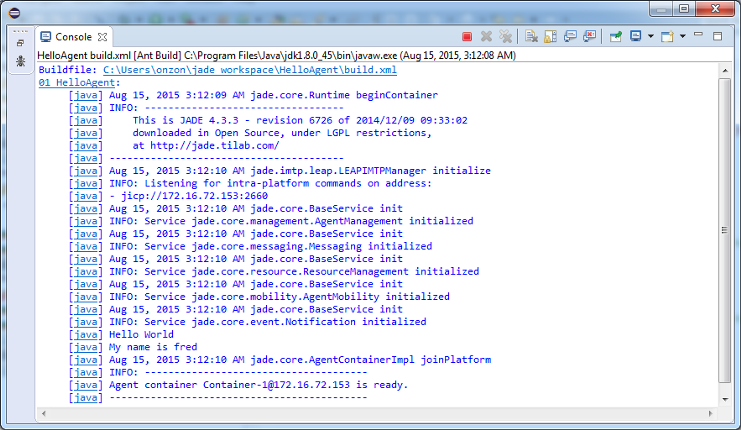


There's a high chance that the project import will not be as smooth as you would like it to be. In that case you could still use the autogenerated Ant build script - just alter it a bit so that it would make a call to ivy task to get the dependencies and incorporate 'em into the build classpath. There's also a nice plugin for IDEA that will automatically import the dependencies if it locates ivy.xml in the project directory. In fact, for plugin modules I wouldn't even try to use Maven as once IDEA recognizes it as a Maven project, it will erase the information about its plugin origin.
MUCOMMANDER ANT BUILD FILE FULL
So the simplest thing to do in this case is to extract the full IntelliJ IDEA distribution into some directory at the machine where the continuous integration server runs.įor me, clearly, the dependencies should be managed by dependency management tool. Well, not really simple: the generated build script will require a few JARs from IDEA by pointing to the IDEA installation directory. When your plugin depends on just a few external libraries, and the plugin build itself doesn't require customization, then everything is simple: put the dependencies into lib/ (or whatever) folder in the project and generate the Ant build script through Build -> Generate Ant Build. Plugins cannot be built with the common tools like Maven or Gradle without setting up your hair on fire.IDEA binaries are not hosted publicly neither in Maven Central, JCenter, or any other repository.There is a multitude of problems that one may encounter: Probably the most painful part in developing plugins for IntelliJ IDEA is the dependency management of the libraries that your plugin might depend on.


 0 kommentar(er)
0 kommentar(er)
